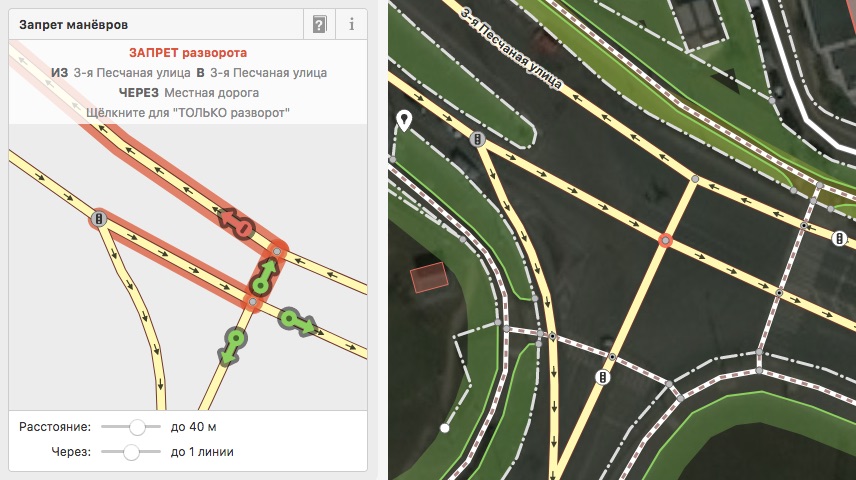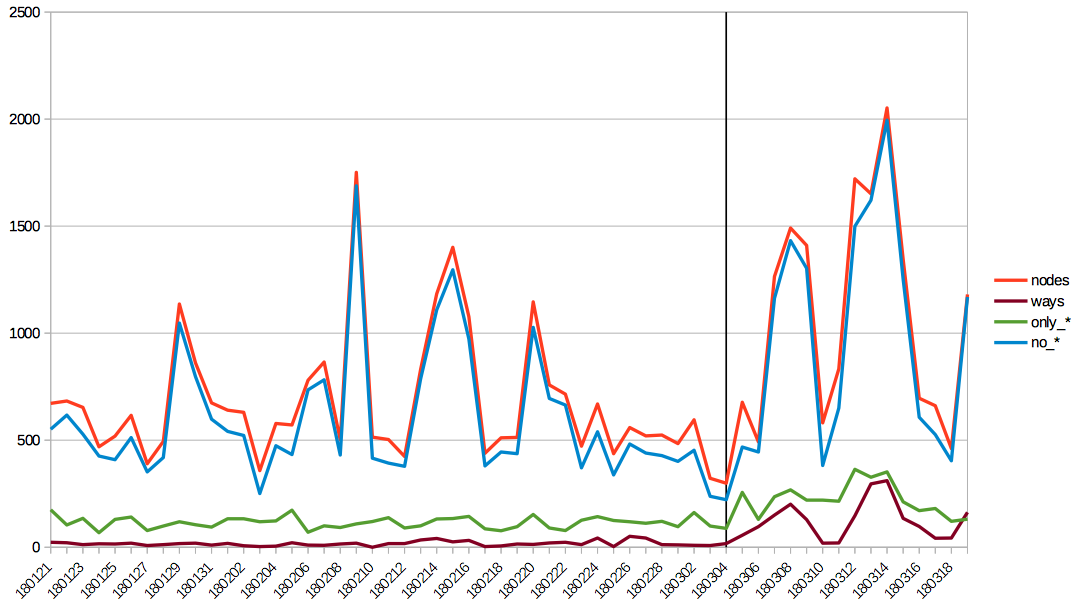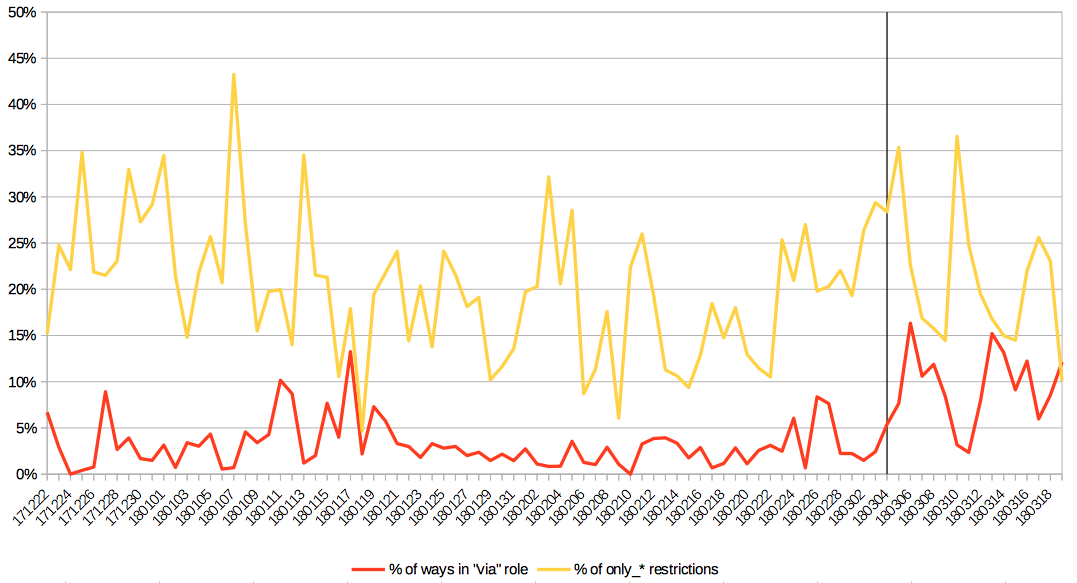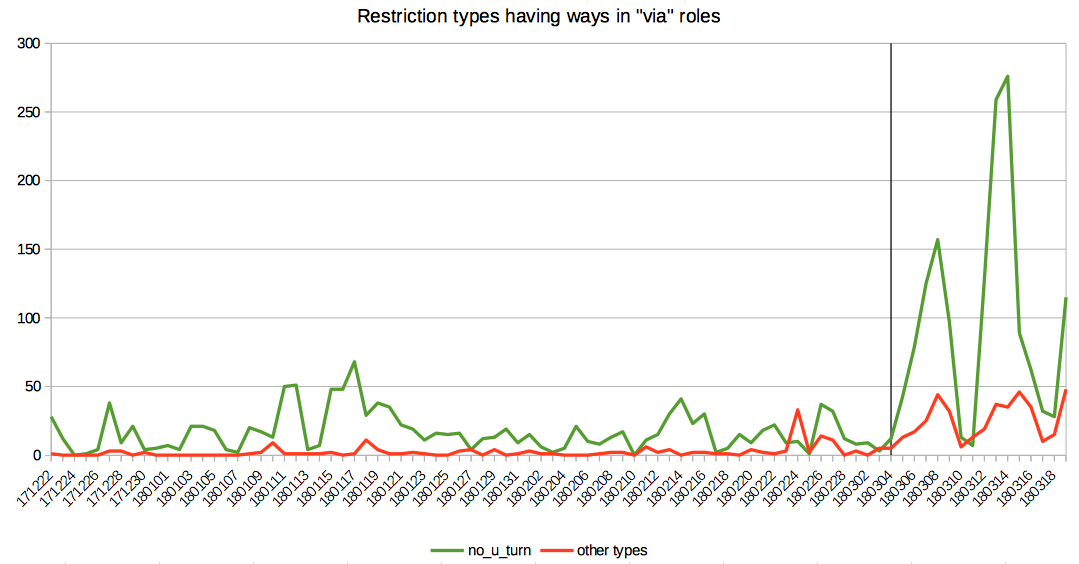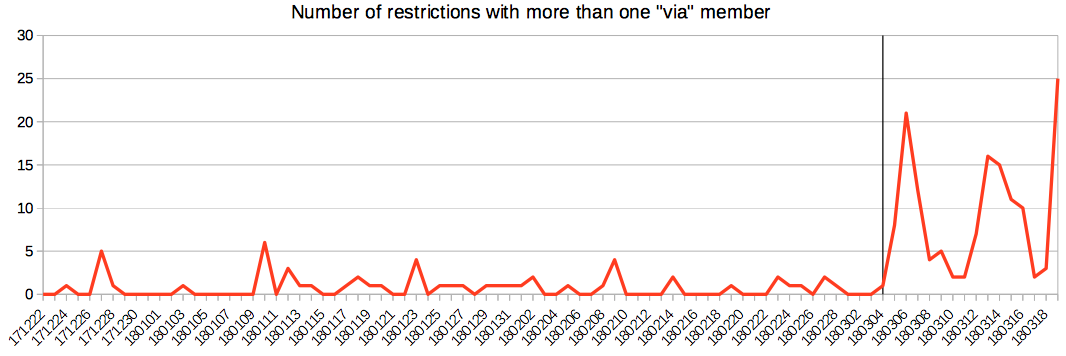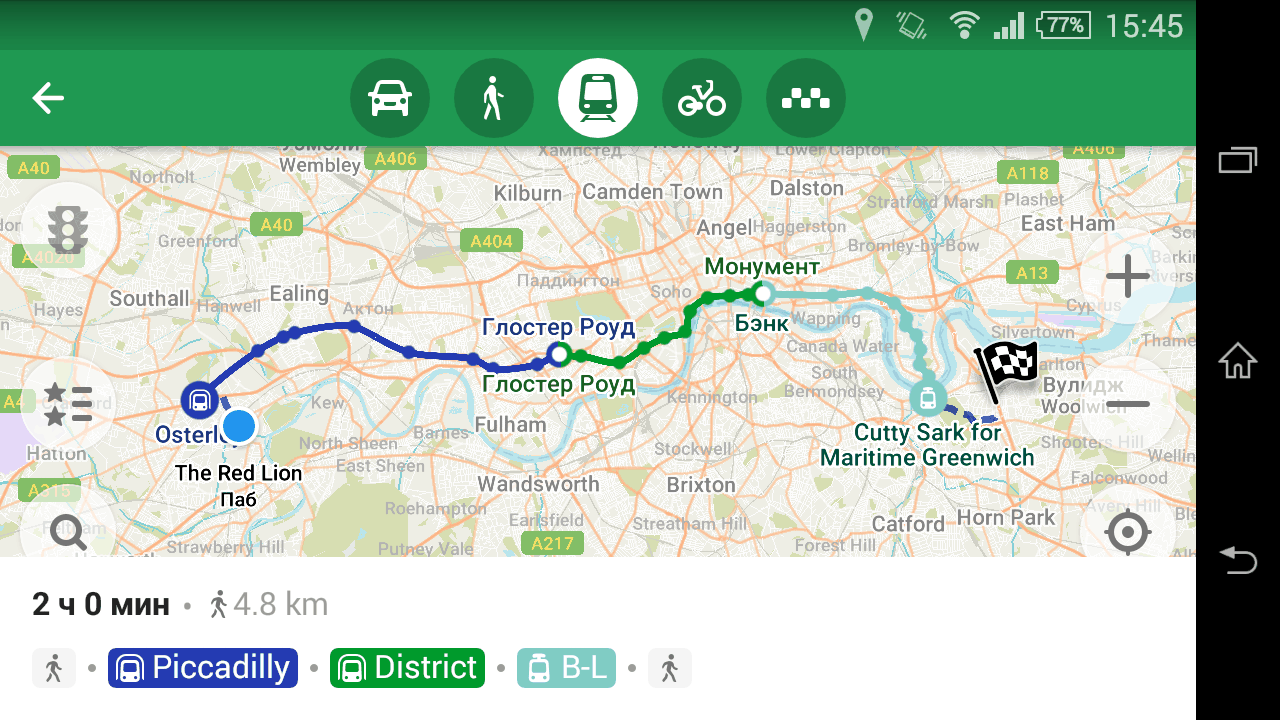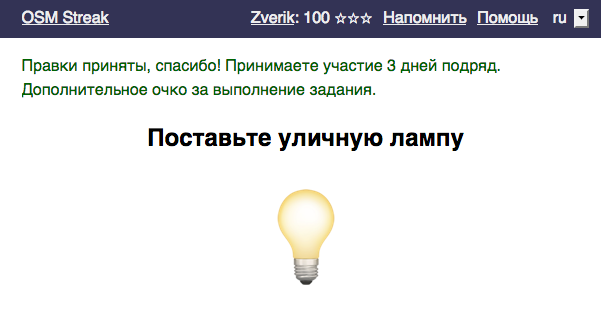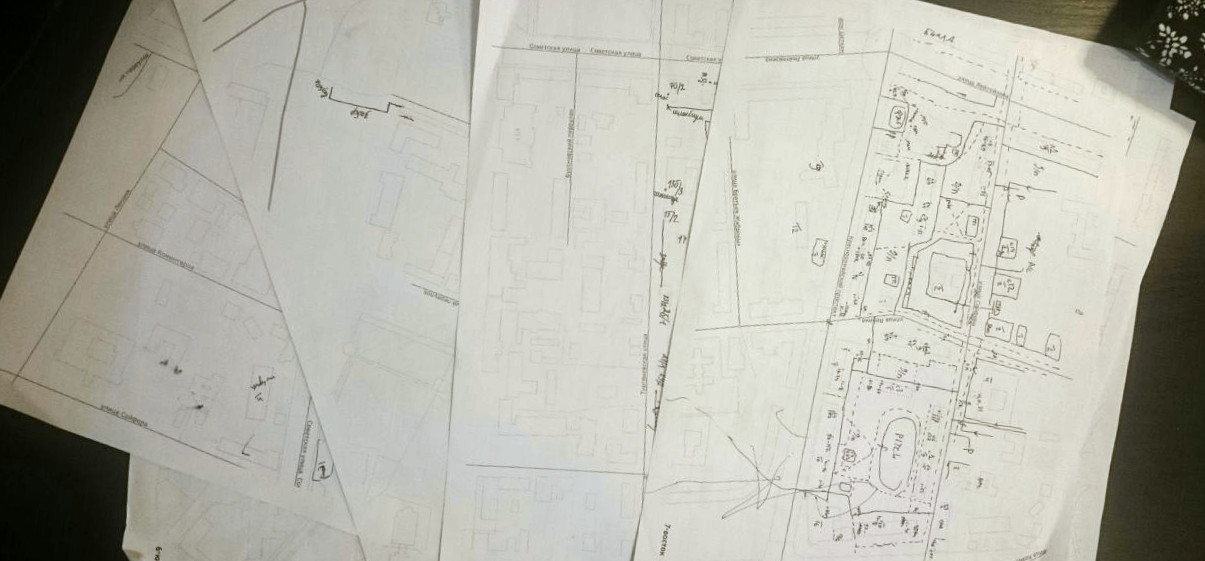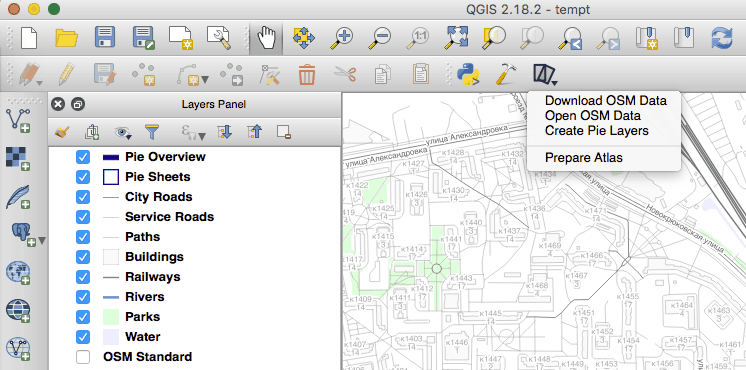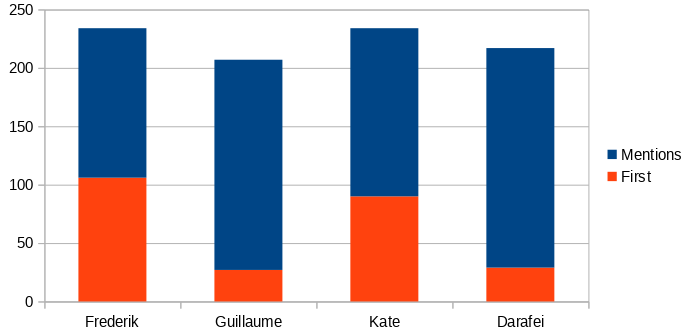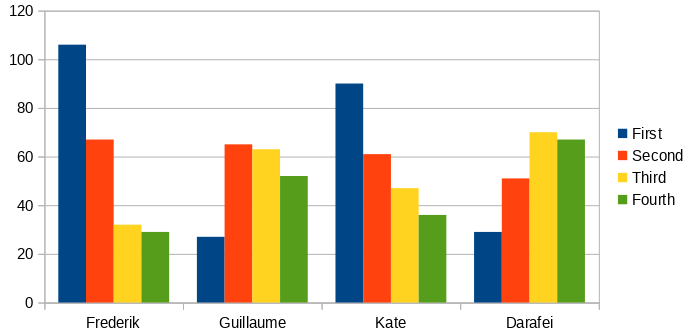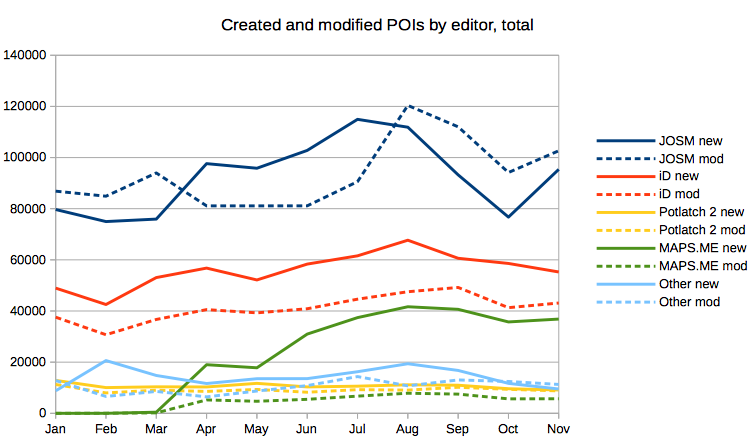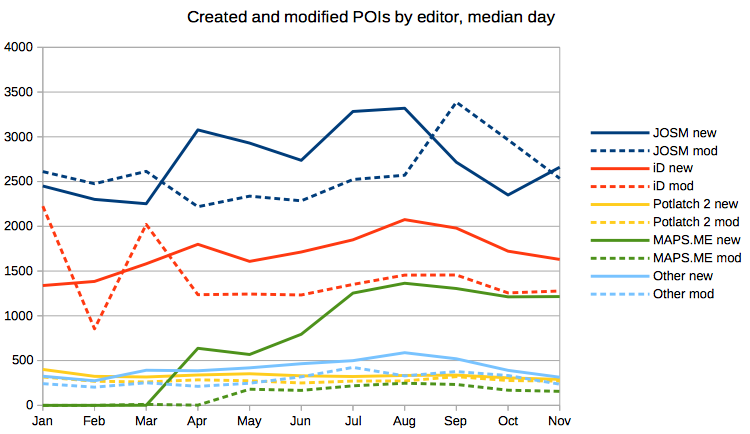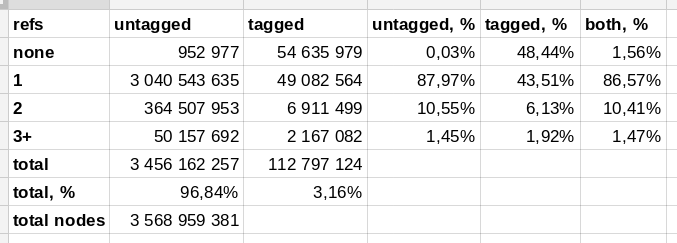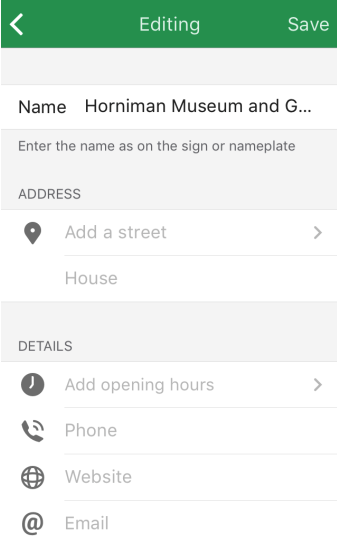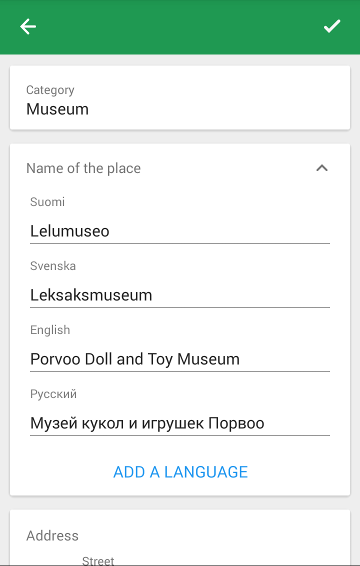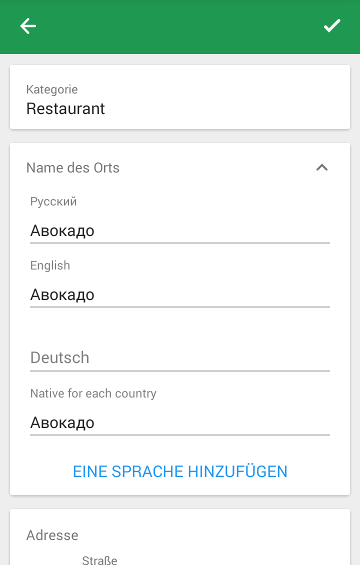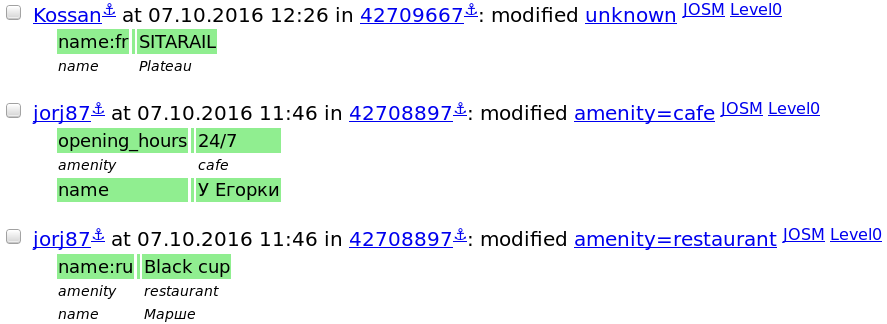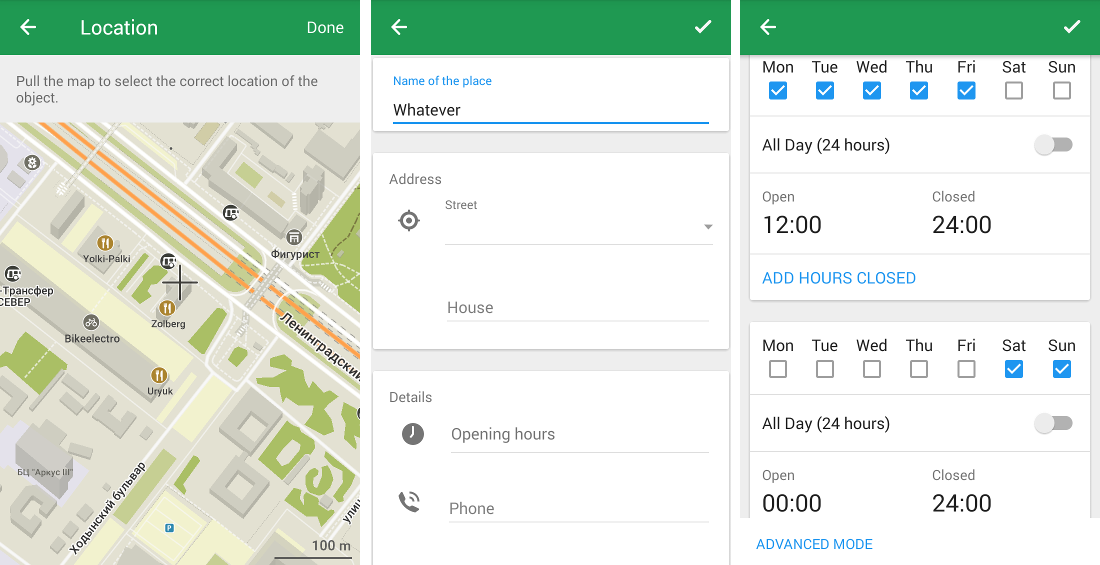Hi. I’d like to ask you to the Metro Mapping proposal page, read it in full and leave your vote below. The proposal mostly summarises subway and light rail mapping practices and introduces a few useful changes, listed in “What This Affects” section.
You will find many opposing votes there. You might be tempted to read only these comments and skip studying the material. It is simpler, and some of the authors are well-known in the community: they must know what they are talking about, right? And there are 8 screens of text, who would read that?
That is what I don’t like in the current proposal system. It does not matter what the proposal actually contains, how deep an author knows the topic or if the features in questions are already mapped in a suggested way. What a great power you have when the voting starts — strike out weeks of work by writing a few words! You must be a fool not to excercise that power. And who knows what might happen if the proposal is approved? Everybody understands you cannot edit a wiki page after that. You would need to write your own proposal, and it might be rejected, so it is safer to just oppose.
For the first time in OpenStreetMap history I started actually using the data to route users through subways. And found out the tagging is insufficient: there was no sane way to map interchanges, and you could put thousands of members into some relations. For a mapper things also looked bleak: to map a subway properly, you would have to know how underground tracks go, and where underground platforms are located. No wonder that a beta version of a validator showed that the world had like three subway systems mapped good enough, out of nearly two hundred.
So I’ve put up this proposal page, that makes mapping subways simpler, and makes using the data easier. You could learn some things from it you’ve never thought about, like types of interchanges or the importance of colours. Then I wrote about the proposal to tagging@ and talk@ mailing lists, and in the course of a month got many great comments, that helped polish most sections, and rewrite some from scratch, adding more pictures and replacing blocks of texts with simple lists.
I have also finished my subway validator, that not only validates, but prepares data structures for metro routing and rendering. With it, I have been tidying up subways all over the world, finding a few flaws in the proposals, but mostly learning about regional specifics. I’ve done Moscow, London, Paris, Berlin (both U-Bahn and S-Bahn), Yokohama, Algiers, Lima, Pyongyang and dozens more cities. Their subways conform to the proposal, and I have not broken any external app that used these, or uploaded any extra tag. Well, except network:metro in Germany, since they have an interesting way of tagging networks (thanks Nakaner for the explanations).
With over 60 metro networks mapped, dozens of questions answered, most of which affected the proposal, after discussions in wiki, talk@, tagging@ and in changesets, I decided that the proposal is ready and started the voting. For a moment I thought the OSM community was reasonable. It’s like in my seven years I haven’t learned anything. Not after the turn lanes proposal, not after hate messages about the water=* proposal, five years after it’s approved, not after stalled pull requests to the OSM website.
Very few people in OSM are willing to compromise. Especially people from Western Europe, who think they own the project. Because you cannot edit a wiki page without a proposal, I assume. Because no matter how many suggestions you’ve accepted, layer=-3 instead of -2 makes the whole work moot. It would ruin the PTv2 schema. Because despite “discussions on the Talk page” policy, when the voting starts, you can write a page of opposing arguments right into the proposal page, and nobody would turn to the Talk page to read answers, not even the person who wrote the arguments. Because it is easier to oppose than to approve: all arguments are already laid out for you, and finding answers to these in a 56-kilobyte Talk page is too hard. For one person, it’s because I should have discussed the proposal in his 3-messages-a-month mailing list, not in talk@ and tagging@.
You don’t even have to understand PTv2 schema to vote for its extension. Like people who +1’d the Carto’Cité comment about stations as nodes and did not even click on the Metros link to see that OSM wiki had already told everyone to map stations just as nodes. OSM is told to be a do-ocracy, but work does not matter anywhere here. You might have studied prior art and mapped hundreds of networks, but Carto’Cité has an authority over french mappers, so you bet all of them will come and vote against your proposal, even understanding that their arguments have nothing to do with the proposal and are inspired by a potential breakage of some of their inner closed-source tools. By the way, we’ve talked that over, I’ve converted the whole Paris subway network to the new way, and nothing broke.
The voting closes in a week, and there are more opposing votes than approving. Of course it would not matter after I have finished my work on tidying up metro systems: the changes will just go into wiki with the “not approved, but widely used” status, like highway=milestone. To help novices understand mapping subways, some of us will direct them to this possibly failed proposal, because the wiki has — and will have — nothing better. The only outcome of failing the proposal will be my continuing frustration of interacting with the OSM community.
So please, if you care about our data not only conforming to some proposals accepted 6 years ago without practical usage, but also being relatively easy to use, please go to the Metro Mapping proposal page and leave your approval. I assure you the OSM database won’t go down in flames after that. Thanks.
